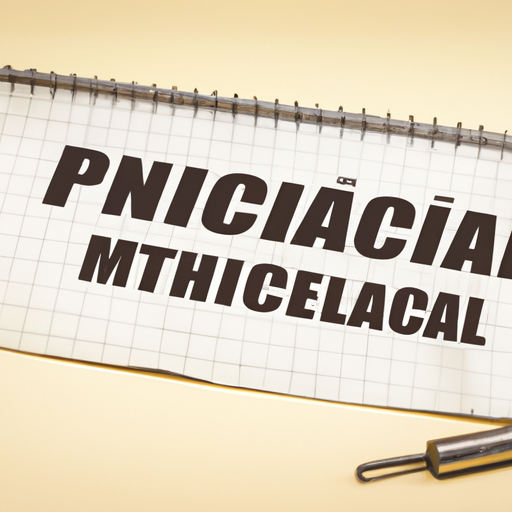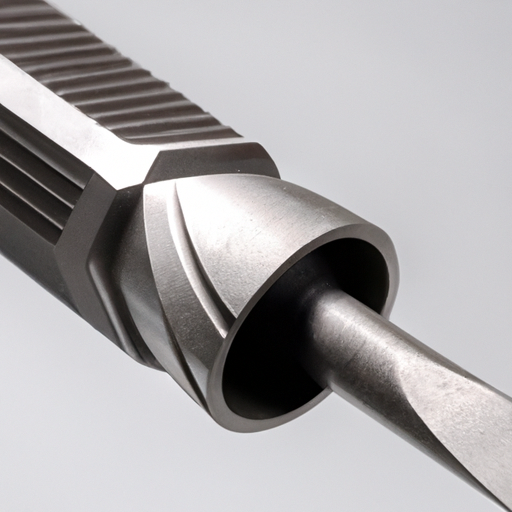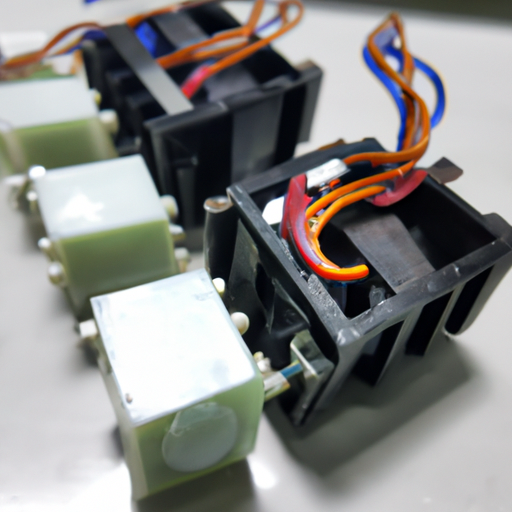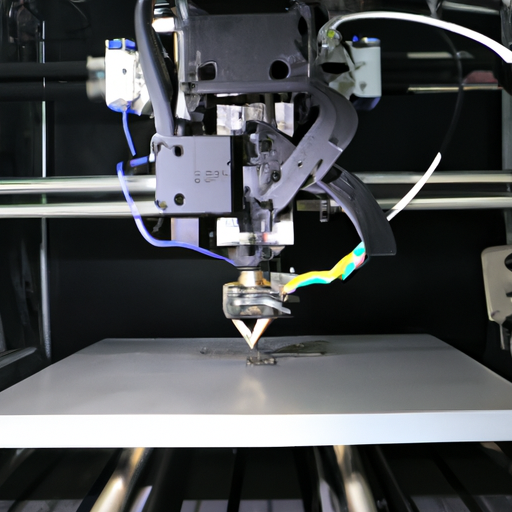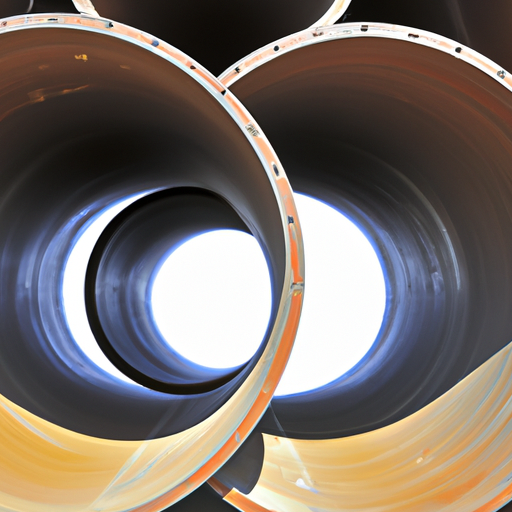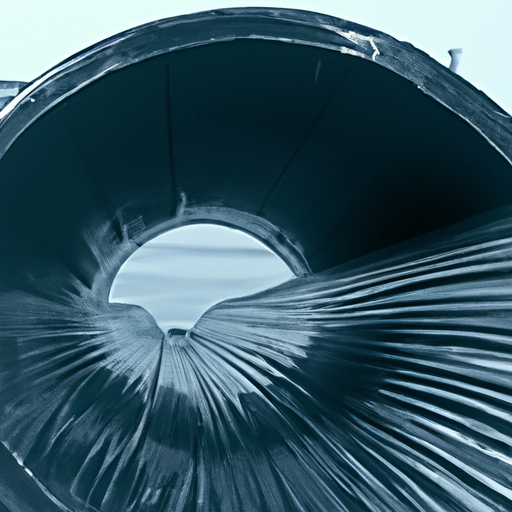What are the Main Categories of Common 3D Metal Printing?
Introduction
3D metal printing, also known as metal additive manufacturing, has revolutionized the way we think about production and design in various industries. Unlike traditional manufacturing methods, which often involve subtractive processes that can waste materials and time, 3D metal printing builds objects layer by layer, allowing for complex geometries and reduced material waste. This technology has found applications in aerospace, automotive, medical, and many other sectors, making it a crucial area of study for industry professionals. In this article, we will explore the main categories of 3D metal printing, providing insights into their processes, advantages, and applications.
1. Understanding 3D Metal Printing
1.1 Definition of 3D Metal Printing
At its core, 3D metal printing is a form of additive manufacturing that uses metal powders or wires to create three-dimensional objects. The process involves the precise layering of material, which is then fused together using various energy sources, such as lasers or electron beams. This method contrasts sharply with traditional manufacturing techniques, which often involve cutting away material from a solid block to achieve the desired shape.
1.2 Historical Context
The journey of 3D printing began in the 1980s with the invention of stereolithography. However, it wasn't until the 1990s that metal 3D printing began to take shape, with the development of technologies like Selective Laser Sintering (SLS). Over the years, significant milestones have marked the evolution of this technology, including the introduction of new materials, improved printing speeds, and enhanced precision. Today, 3D metal printing is at the forefront of manufacturing innovation, with ongoing research and development pushing the boundaries of what is possible.
2. Main Categories of 3D Metal Printing
2.1 Powder Bed Fusion (PBF)
Powder Bed Fusion is one of the most widely used categories of 3D metal printing. It involves spreading a layer of metal powder over a build platform and selectively melting or sintering the powder using a focused energy source.
2.1.1 Selective Laser Melting (SLM)
SLM is a PBF technique that uses a high-powered laser to fully melt metal powder particles, creating a solid layer. The process is repeated layer by layer until the final object is completed.
Advantages: SLM allows for high-density parts with excellent mechanical properties. It can produce complex geometries that are difficult to achieve with traditional methods.
Disadvantages: The process can be slow, and the equipment is expensive. Additionally, the thermal stresses involved can lead to warping.
Common Applications: Aerospace components, medical implants, and intricate tooling.
2.1.2 Electron Beam Melting (EBM)
EBM is similar to SLM but uses an electron beam as the energy source. The process occurs in a vacuum, which helps to minimize oxidation.
Advantages: EBM can produce parts with lower residual stresses and is generally faster than SLM. It is also suitable for high-temperature materials.
Disadvantages: The vacuum environment can limit the size of the build chamber, and the initial investment is high.
Common Applications: Aerospace parts, orthopedic implants, and custom prosthetics.
2.1.3 Selective Laser Sintering (SLS)
While SLS is often associated with polymer printing, it can also be used for metals. In this process, the laser sinters the metal powder without fully melting it.
Advantages: SLS can produce parts with good mechanical properties and is less sensitive to thermal stresses compared to SLM.
Disadvantages: The final parts may require post-processing to achieve desired mechanical properties and surface finish.
Common Applications: Prototyping, tooling, and low-volume production runs.
2.2 Directed Energy Deposition (DED)
DED is a category of 3D metal printing that involves the direct deposition of material onto a substrate. This method is often used for repairing or adding material to existing components.
2.2.1 Laser Metal Deposition (LMD)
LMD uses a laser to melt metal powder or wire as it is deposited onto a substrate.
Advantages: LMD allows for the repair of worn parts and can add features to existing components. It is also relatively fast.
Disadvantages: The process can lead to lower density parts compared to PBF methods, and the surface finish may require post-processing.
Common Applications: Repairing turbine blades, adding features to molds, and creating complex geometries.
2.2.2 Electron Beam Freeform Fabrication (EBF3)
EBF3 uses an electron beam to melt metal wire as it is deposited onto a substrate, similar to LMD but in a vacuum environment.
Advantages: EBF3 can produce large parts with good mechanical properties and is suitable for high-temperature materials.
Disadvantages: The vacuum environment can limit the size of the build chamber, and the process can be slower than other methods.
Common Applications: Aerospace components, large-scale parts, and custom tooling.
2.3 Binder Jetting
Binder jetting involves the use of a liquid binder to bond metal powder particles together. The process creates a green part that is later sintered to achieve full density.
Advantages: Binder jetting can produce complex geometries and is generally faster than PBF methods. It also allows for multi-material printing.
Disadvantages: The final parts may have lower mechanical properties compared to fully melted parts, and post-processing is required.
Common Applications: Prototyping, low-volume production, and decorative items.
2.4 Material Extrusion
Material extrusion in metal 3D printing typically involves the use of metal-filled filaments that are extruded through a nozzle.
Overview of the Process: The filament is heated and extruded layer by layer to create the desired shape. The printed part is then sintered to achieve full density.
Advantages: This method is relatively low-cost and allows for the use of a variety of materials.
Disadvantages: The mechanical properties of the final parts may not match those produced by other methods, and the process can be slower.
Common Applications: Prototyping, small-scale production, and educational purposes.
3. Comparison of 3D Metal Printing Categories
3.1 Material Compatibility
Different categories of 3D metal printing are compatible with various metals. For instance, SLM and EBM can work with a wide range of alloys, including titanium and stainless steel, while binder jetting is often limited to specific materials.
3.2 Speed and Efficiency
Production speed varies significantly across categories. DED methods like LMD are generally faster than PBF methods, making them suitable for repair applications. However, PBF methods often yield higher-quality parts.
3.3 Surface Finish and Resolution
The quality of the output can differ greatly among the categories. PBF methods typically produce parts with superior surface finishes and resolutions, while DED methods may require more extensive post-processing to achieve similar results.
4. Future Trends in 3D Metal Printing
4.1 Technological Advancements
The future of 3D metal printing is bright, with ongoing innovations in materials and processes. The integration of AI and machine learning is expected to enhance the efficiency and precision of printing, leading to better quality control and optimization of designs.
4.2 Industry Adoption
Sectors such as aerospace and healthcare are leading the way in adopting 3D metal printing technologies. Case studies of successful implementations demonstrate the potential for cost savings, reduced lead times, and improved product performance.
4.3 Environmental Considerations
As industries become more aware of their environmental impact, sustainability in 3D metal printing is gaining attention. Efforts are being made to recycle metal powders and reduce waste, making the process more eco-friendly.
Conclusion
Understanding the main categories of 3D metal printing is essential for industry professionals looking to leverage this technology. Each category offers unique advantages and applications, making it crucial to choose the right method for specific needs. As the technology continues to evolve, the future of 3D metal printing promises exciting developments that will further transform manufacturing processes across various sectors.
References
- A list of academic papers, articles, and resources for further reading on 3D metal printing can be provided upon request.


